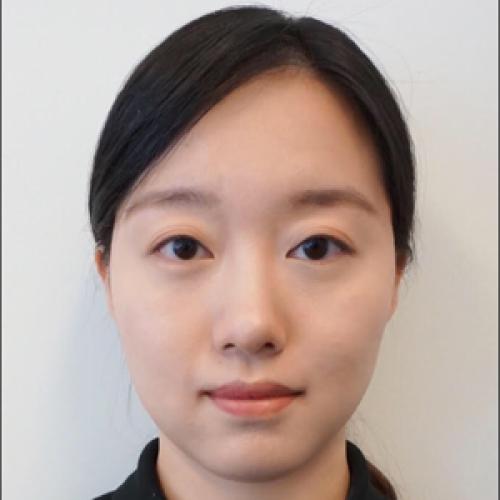
(she/her/hers)
Columbia University
Nano-electronics, semiconductor device physics, GaN devices and circuits
Kexin (Kathy) Li is currently a postdoctoral research scientist in the Department of Electrical Engineering at Columbia University, working with Professor Harish Krishnaswamy. She received her Ph.D. from the University of Illinois Urbana-Champaign in 2022, advised by Prof. Shaloo Rakheja. Kexin also received master's degrees from Imperial College London and New York University. Her research goal is to understand (and model) the physical behavior of emerging nanoscale electronic devices and enable novel system-level functionalities for high-power and high-frequency applications. She is now building a framework for technology-circuit and device-circuit co-design, which requires a full-stack integration of knowledge on nanoelectronics, semiconductor device physics, and circuit design. She has received an academic achievement award from the ECE department at New York University and has been a research intern with Mitsubishi Electric Research Laboratories (MERL) in Cambridge, MA.
Modeling and Simulation of III-Nitride Devices and Circuits: For Next Generation Communications and Quantum Computing
Wireless communication over millimeter- and terahertz-wave frequency enables the 6G (sixth generation) network from 95 GHz to 3THz. As an essential part of wireless communication systems, the technology of RF (radio frequency) devices and circuits has been progressing rapidly. My research focuses on the modeling and optimization of terahertz (THz) devices based on wide bandgap and high carrier mobility materials, to accelerate the adoption of 6th and 7th generation cellular technologies to market in the coming two decades. Firstly, for predicting the physical behavior of nanoscale III-Nitride high electron mobility transistors (HEMTs) with an outstanding combination of high electron density and high carrier mobility, a clear understanding of the far from equilibrium transport and modeling theory is required. I developed a new Virtual-Source (VS)-based model that is physically appropriate for ultra-scaled III-N HEMTs in which carrier transport is expected to be quasi-ballistic. My research was the first to quantify the performance of GaN HEMTs in the cryogenic limit, down to 4.2K, for its integration with quantum computing circuitry. Using the VS-based quasi-ballistic model, I demonstrated that even long-channel GaN devices, in the micrometer's length scale, are expected to be nearly fully ballistic as the temperature is reduced. This quasi-ballisticity may negatively impact the device performance at very low temperatures despite the reduced carrier scatterings and the robustness of the polarization induced electron gas in the channel. Thus, my research is critical for understanding the performance limits, challenges, and opportunities of III-N RF HEMTs over broad operating conditions, including extreme environment applications. Secondly, my patented work found that operating the GaN photoconductive switch in the regime of negative differential mobility significantly benefits its high-frequency performance by compressing the temporal width of the output current pulse, while also enhancing its peak value. This GaN based device technologies outperform other III-V technologies in terms of realizing operation in a small form-factor above the 100 GHz.

